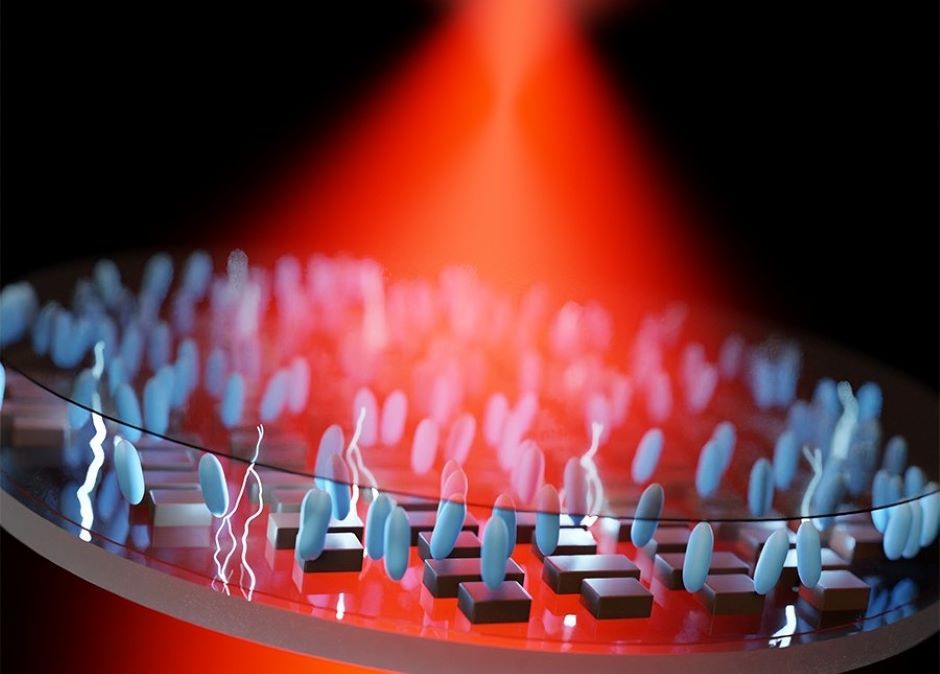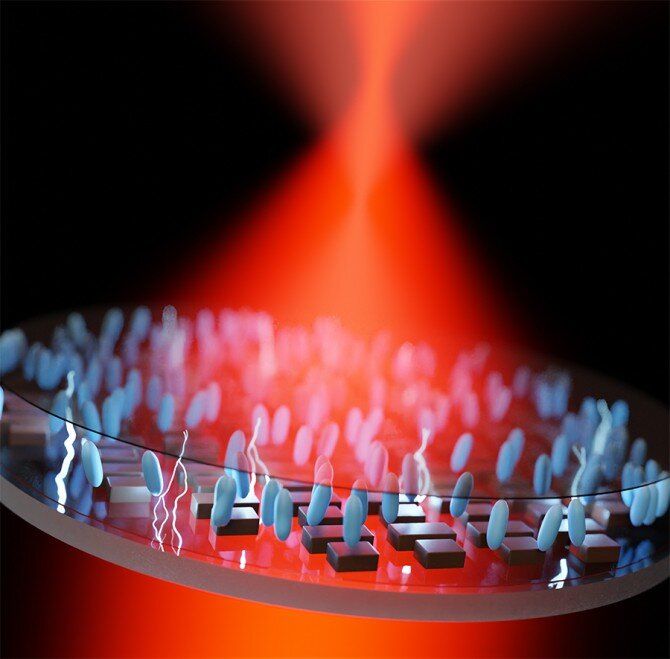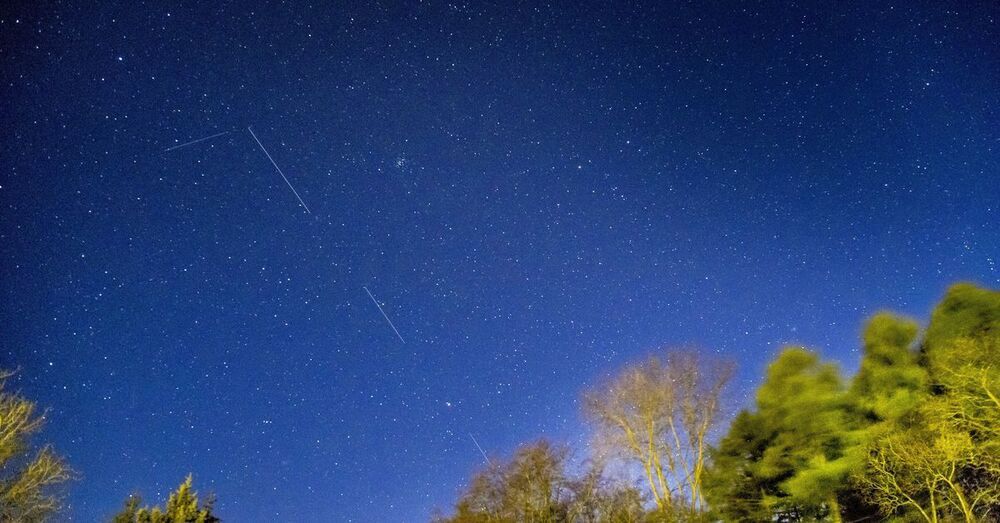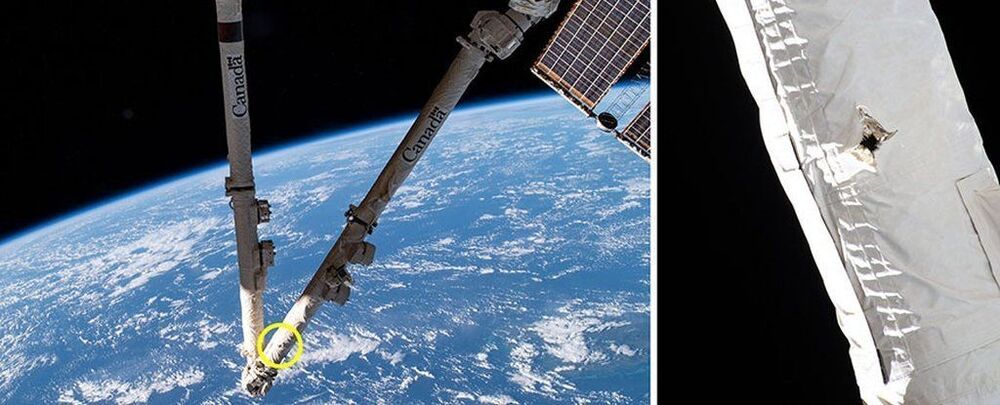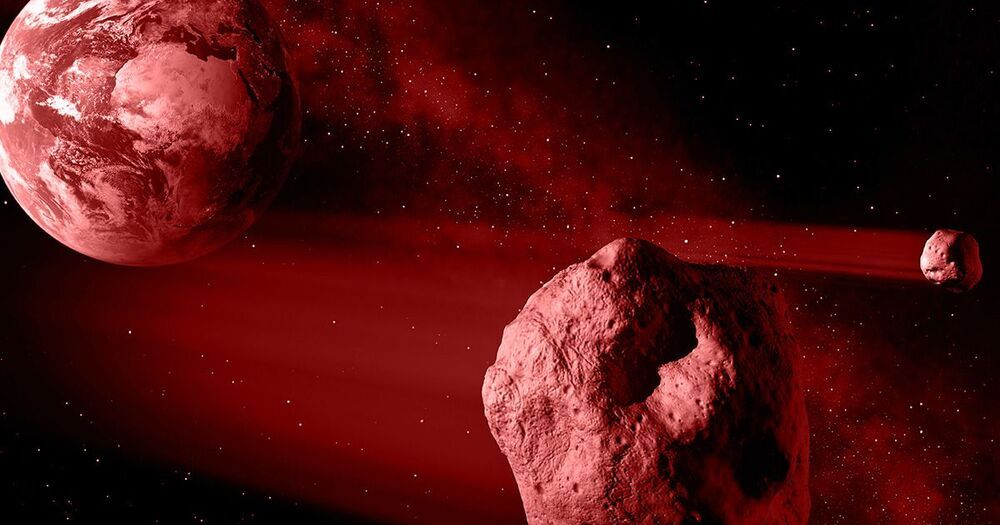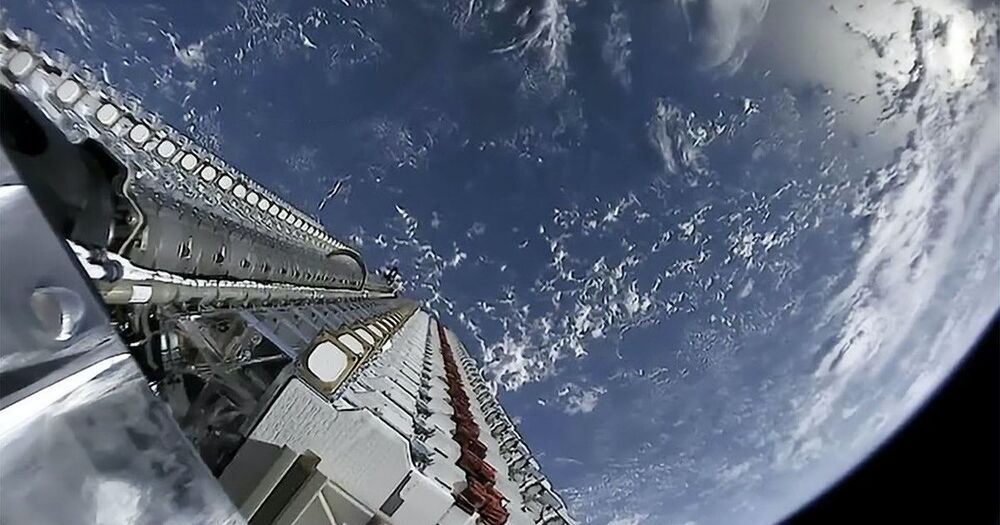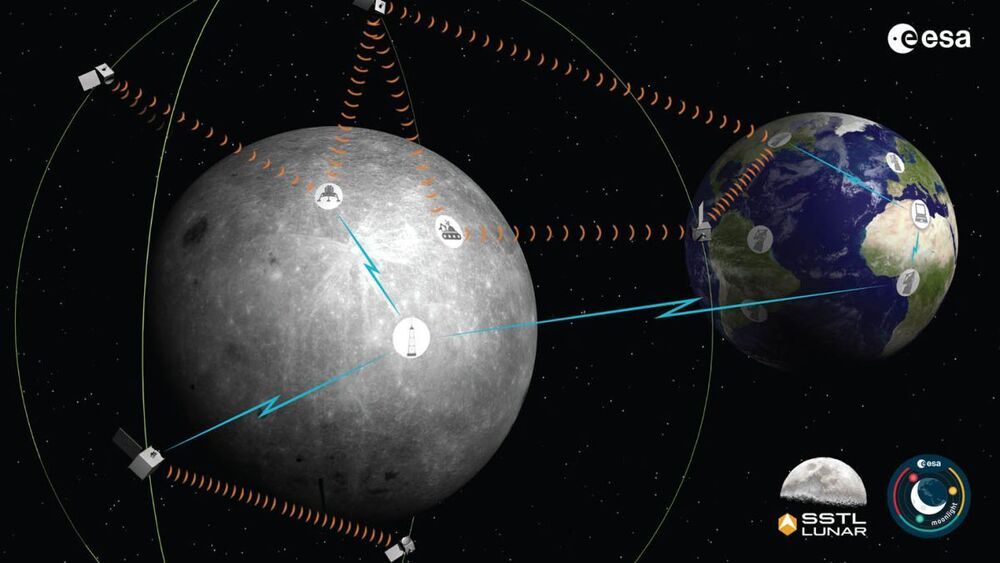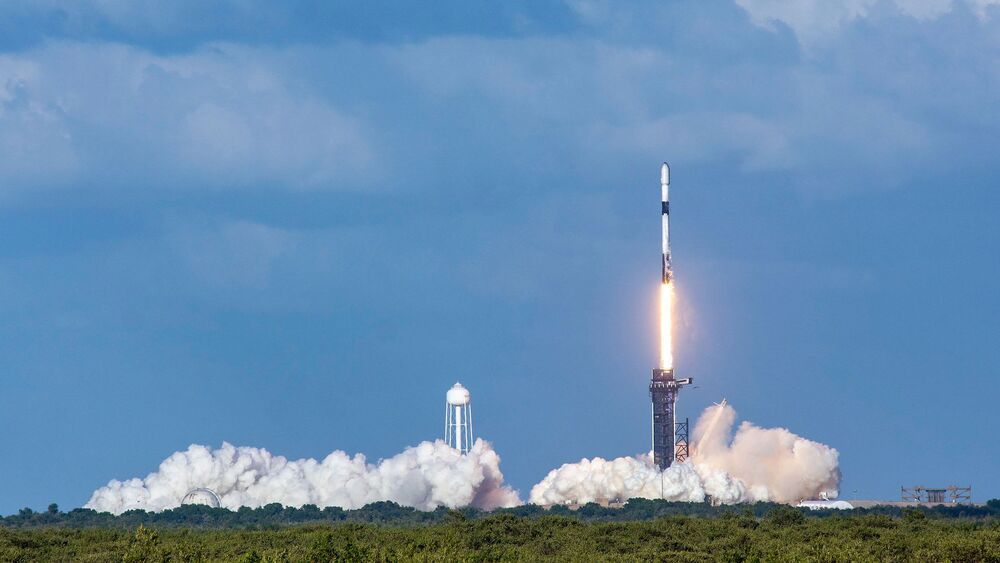Jun 13, 2021
Voltage brings new matalens into focus
Posted by Saúl Morales Rodriguéz in category: satellites
Researchers have developed a metalens that is focused using voltage instead of mechanically moving its components, a development that promises to save space and weight in numerous imaging applications.
The advance from researchers at Cornell University’s School of Applied and Engineering Physics and Samsung’s Advanced Institute of Technology is said to be the first of its kind.
The proof of concept could lead to a range of compact varifocal lenses for use in imaging applications including satellites, telescopes and microscopes, which traditionally focus light using curved lenses that adjust using mechanical parts. In some applications, moving traditional glass or plastic lenses to vary the focal distance is not practical due to space, weight or size considerations.
